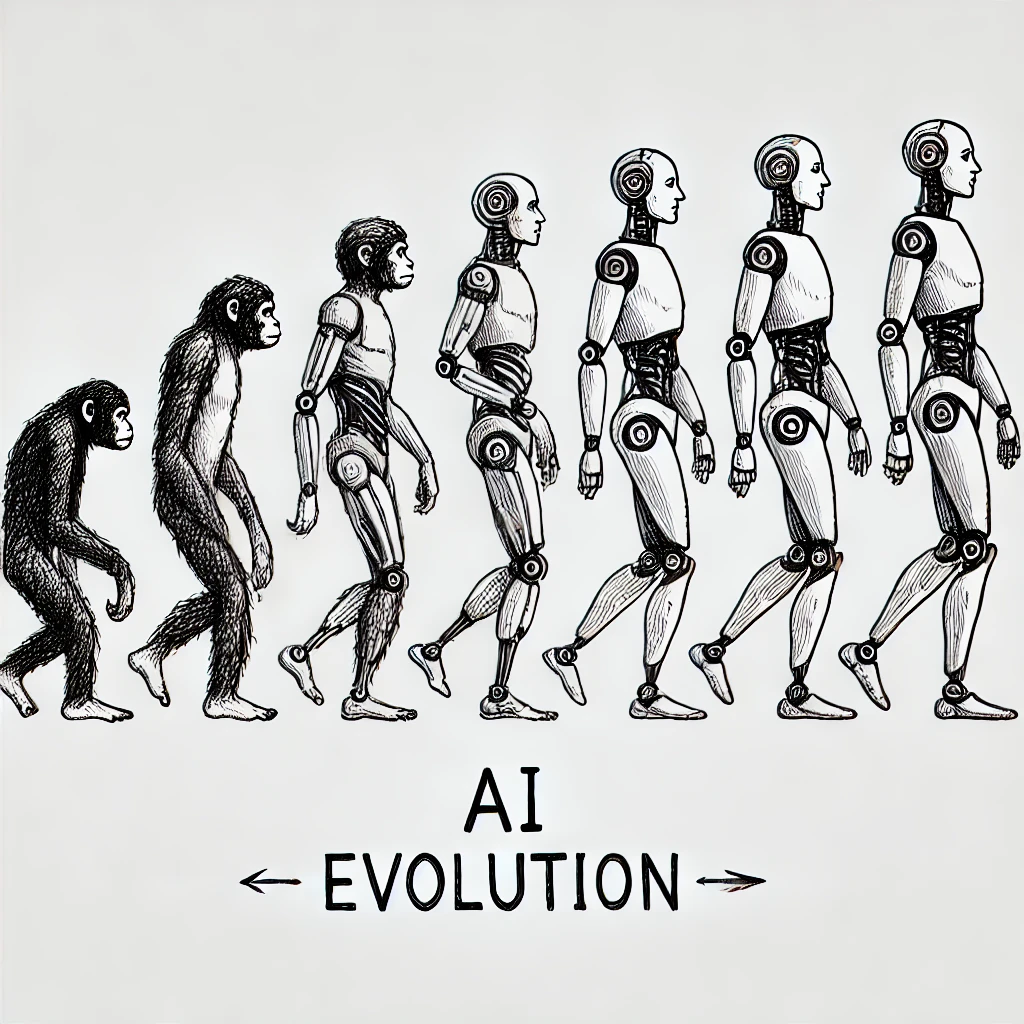
In a previous article on AI, we explored the risks and limitations of relying on AI for decision-making. These concerns are largely due to AI’s current functionality mimicking what we humans call ‘fast brain thinking,’ which can sometimes lead to superficial conclusions. However, this limitation turns into a strength when we use AI for tasks like analytics and problem-solving, where its vast data-processing power and comprehensive knowledge-base truly shines.
Over the past few months, I've used AI extensively while learning web-development and building web applications. During this time, I’ve seen firsthand how AI can assist in day-to-day tasks like troubleshooting, research, and brainstorming. Recently, I demonstrated some of ChatGPT’s advanced features to a few friends in the HR world, and their surprise at AI's capabilities led me to share this more broadly.
If you're interested in experiencing this for yourself, grab your headphones — this article includes audio clips of AI guiding leaders through real-world scenarios.
AI in Leadership: A Growing Role in Advising
Historically, when leaders needed advice, they turned to trusted human advisors—whether consultants, mentors, or colleagues. While human expertise remains invaluable, AI is now stepping into the advisory role, particularly in areas like workforce management and decision-making.
AI in the Finance and Consulting Sectors
AI's advisory capabilities are already being adopted across industries. In finance, over 56% of business leaders have embraced AI to enhance decision-making processes, improve efficiency, and provide strategic insights. Leading consulting firms like McKinsey and Deloitte have used AI to optimise everything from supply chains to customer experiences, demonstrating AI's ability to deliver data-driven, real-time recommendations.
This trend is spreading beyond technical fields, and AI is now being used in the boardrooms and day-to-day operations of organisations, where it advises on everything from risk management to workforce optimisation. Below, I’ve shared some real-world examples of AI providing valuable guidance to leaders dealing with workforce issues.
Real Conversations: AI Tackles Leadership Challenges
To illustrate how AI is reshaping traditional leadership advice, I’ve recorded several scenarios where AI helps leaders handle a range of complex issues. Also, just to preface - when I first started using AI I decided to give the name Echo to make it easier for me to interact with. Also, calling it Jarvis felt a little too cliché...
Scenario 1: Navigating Employee Burnout
In this recording, AI assists a leader in identifying early signs of burnout within their team, offering suggestions on how to adjust workloads and create a more supportive environment.
Key Takeaway: AI doesn’t just flag issues but provides actionable strategies to prevent long-term damage to team morale.
Scenario 2: Handling Difficult Situations with Empathy
This clip showcases AI guiding a leader through a delicate team issue, balancing the need for accountability with empathy.
Key Takeaway: AI’s ability to handle sensitive conversations demonstrates how it can assist in navigating tough situations with emotional intelligence.
Scenario 3: Optimising Workforce Efficiency
In this scenario, AI analyses productivity data and helps a leader identify areas where efficiency can be improved without compromising quality.
Key Takeaway: AI’s ability to quickly analyse performance metrics gives leaders a competitive edge in making informed decisions swiftly.
Scenario 4: Handling a Performance Issue
This follow-up to Scenario 2 shows how AI can recall prior information and guide a leader step-by-step through managing a performance issue.
Key Takeaway: AI’s ability to provide structured advice in complex situations helps leaders manage effectively.
Blurring the Line Between AI and Human Advisors
A common objection to AI is the belief that “sometimes a leader just wants to talk to someone.” While human connection is critical, AI’s conversational abilities are rapidly blurring the lines between human and machine interaction. As seen in the audio clips, AI doesn’t simply provide cold data; it engages in meaningful dialogue, guiding leaders through the complexities of workforce management with clarity and empathy.
However, a key point to consider is the risk of over-reliance on AI. In 2023, research highlighted the phenomenon of "AI Model Collapse" — a scenario where AI models trained solely on AI-generated data saw a drastic decline in quality and diversity. This finding aligns with my personal experience of generating code with AI, only to realise that after multiple iterations, the code had become convoluted and required a human touch to correct.
For more insights on AI model collapse, you can read thie research paper linked above and this article from Nature.
Getting the Most Out of AI Today
AI is a powerful tool, but it’s most effective when used strategically. Here are some tips for leaders looking to get the most out of AI:
-
Ask the Right Questions: Frame your queries in ways that leverage AI’s strengths, such as data analysis, trend forecasting, and scenario planning. Email me on the address below if you want to know more about how to prime AI to give you better results.
-
Combine AI with Human Insight: While AI is excellent at generating insights, always combine its findings with your own experience. Over-relying on AI introduces risk, but when used to augment your judgment, it accelerates decision-making.
-
Leverage AI for Routine Tasks: Free up your time for more strategic work by letting AI handle routine, data-heavy tasks like optimising workforce schedules or analysing performance metrics.
Conclusion: AI’s Role in Leadership is Evolving
AI is no longer just a tool for automation or data crunching—it’s becoming a reliable advisor in areas where thoughtful, data-driven insights are needed. By leveraging AI's strengths, leaders can tackle workforce challenges more effectively and make informed, strategic decisions.
As AI continues to evolve, it will become an even more valuable partner in leadership, helping organisations navigate an increasingly complex world. The line between AI and human advisors is indeed becoming blurry, and those who embrace this shift will be best positioned to lead in the future.
References
[1]: Accountants Taking Strategic Lead on AI [2]: AI Tools for Business Consulting [3]: State of Generative AI in the Enterprise [4]: AI Model Collapse Research